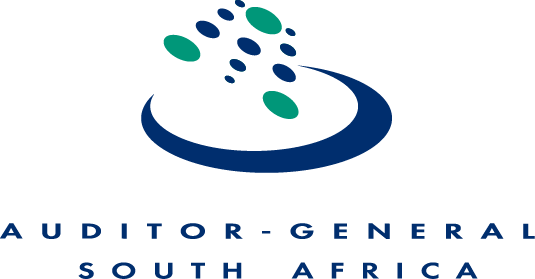“To accomplish great things, we must not only act, but also dream; not only plan, but also believe.”
Insight
As public sector auditors, we analyse the trends in public sector audit outcomes and use our #cultureshift2030 strategy to provide insight that will help to spark understanding and a commitment to act from all the roleplayers in the accountability ecosystem. Ultimately, our goal is to enable government to take the right strategic decisions and have a meaningful impact on the lives of citizens.
Read more
Influence
To influence a culture shift in the public sector, we must maintain meaningful relationships with our strategic partners in the accountability ecosystem. Our interactions cover a range of topics that focus on driving change towards a culture of performance, accountability, transparency and integrity
Read more
Enforcement
Over the past four years we have increasingly implemented all the elements of the material irregularity concept and increased the number of auditees at which we implemented the material irregularity process. We focused on auditees where we could have the greatest impact, using our resources optimally to ensure the quality of our processes.
Read more
Shift public sector culture
To address the challenges of poverty and inequality, the state needs to play a transformative role and must embrace a culture of performance, accountability, transparency and integrity. Shifting public sector culture requires us to enhance our effectiveness and strengthen partnerships with stakeholders that can pull other levers to complement our efforts.
Read more
Sustainably
Our funding model is premised on the organisation being commercially viable and financially independent, with sound financial administration properly managed cash flow and intact internal controls, systems and processes. We leverage the benefits of this model to remain solvent and cover operational and capital expenses, including our technology requirements.
Read more
Efficiently
To operate efficiently we must use our existing resources to create greater value. However, to measure this value and the success of our efficiency drive, we must first establish baselines against which we will measure that success. The ultimate aim is to be able to use the same resource base to add greater value and impact while lowering the cost and effort of creating that value.
Read more

